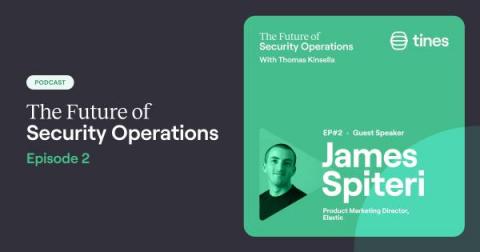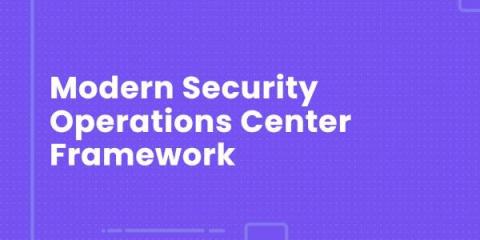Seamlessly Secure Your Cloud Workloads
You’ve secured your cloud identities. You’ve hardened your cloud security posture. You’ve configured strong cloud access controls. But there’s still one more thing you need in order to secure your cloud environment: a cloud workload protection platform, or CWPP. Cloud workload protection platforms secure the workloads that run on your cloud — which are distinct from the infrastructure, user identities and configurations that form the foundation of your cloud environment.











